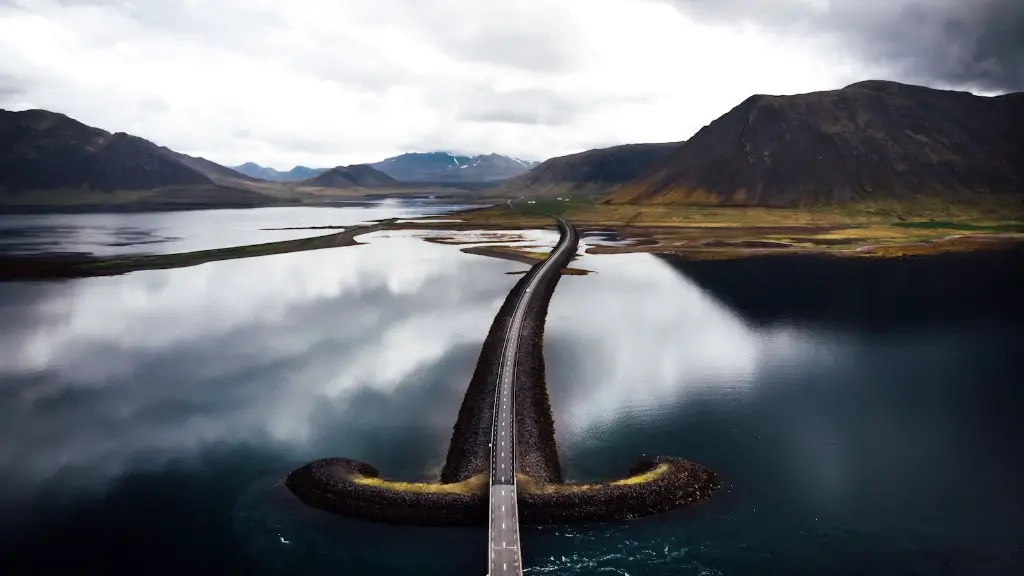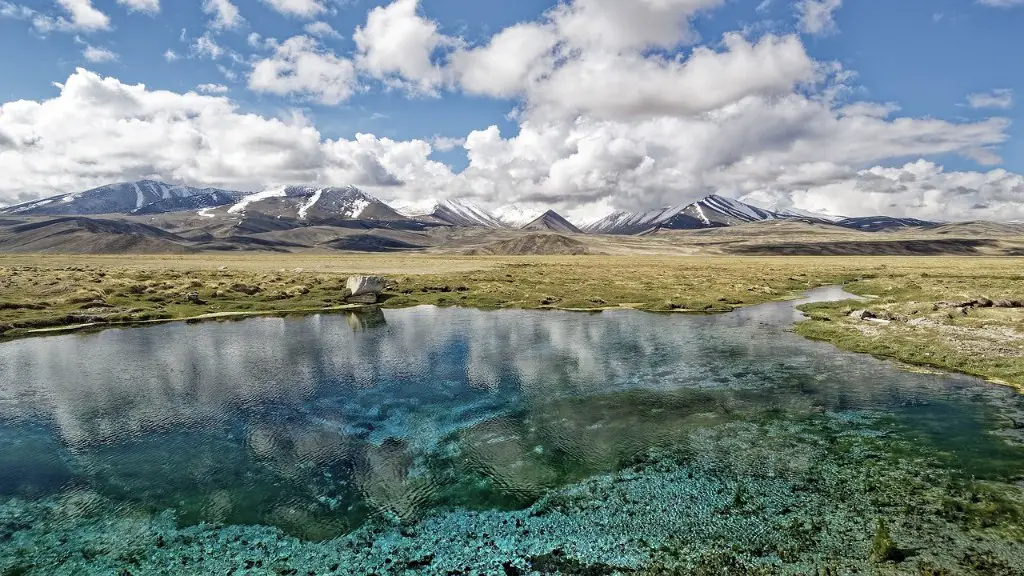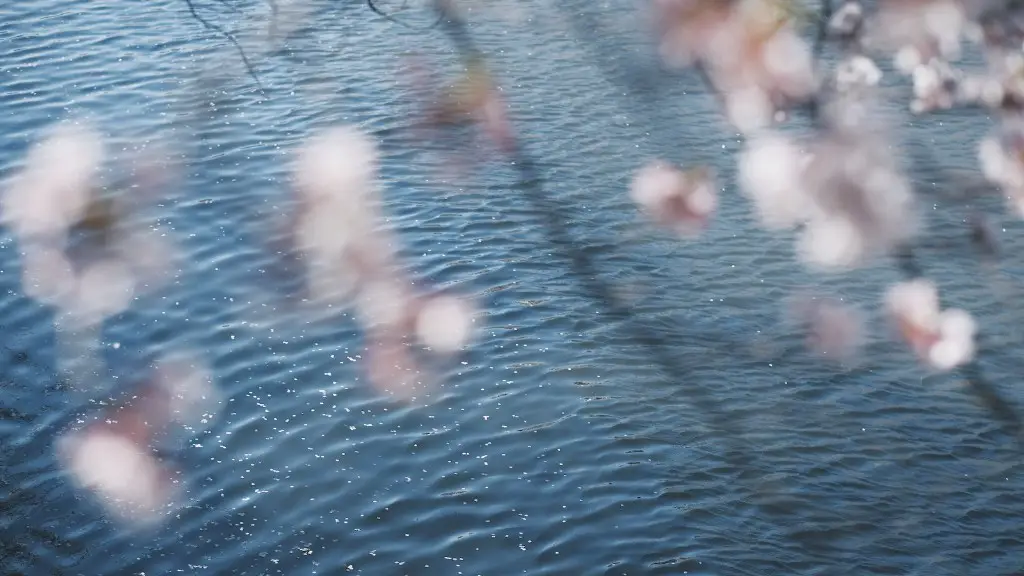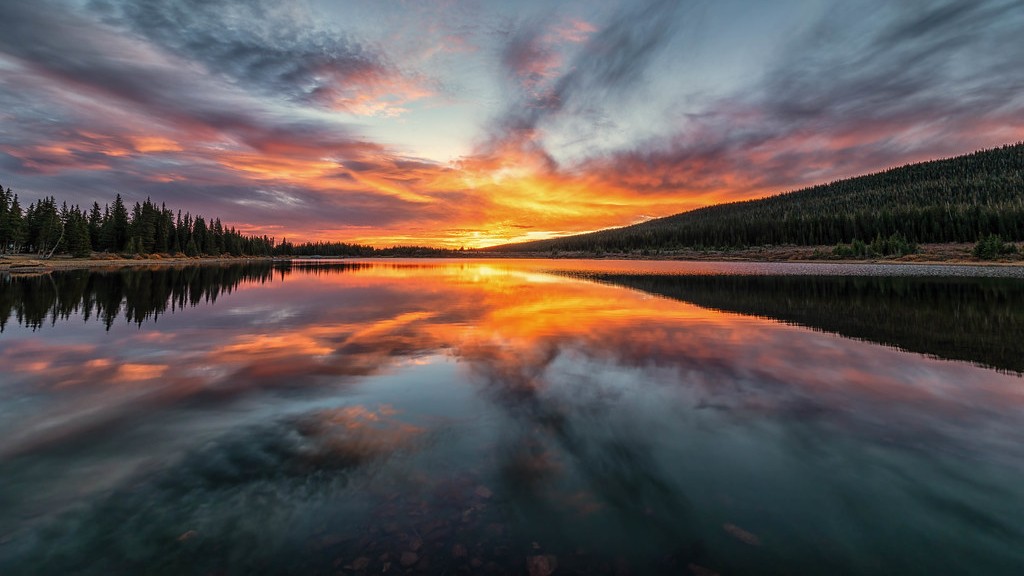Physical Characteristics
Lake Baikal is a treasure of Siberia. Located in south-eastern Siberia, this immense lake is known around the world for its beauty, purity, and increasing ecological importance. Spanning more than 31,000 square miles and containing 20 percent of the world’s fresh water by volume, it is not only the largest freshwater body on Earth, but one of the oldest as well. The average depth of the lake is 3,315 feet, making it the deepest in the world, and it is home to more than 1,700 species of plants and animals, many of them endemic to the area and found nowhere else.
Baikal is a rift lake, located near the southwest margin of the prehistoric Baikal Rift Zone (BRZ).The BRZ is to the west of Lake Baikal, running from north to south, and is part of an active fold-and-thrust belt surrounding the lake. It is fed by over 330 rivers and streams, while the Angara River is its only outflow, connected to the Yenisei River. It is surrounded by magnificent mountain ridges and ranges, the most notable being the Eastern Sayan Mountains to the west of the lake.
Inhabitants
Baikal is home to a wide range of inhabitants, both human and animal. The areas surrounding the lake are inhabited by a diverse array of ethnic groups, including Russian, Mongol, Tungus, and Buryat. Humans have been living in the area around Lake Baikal for thousands of years, and remain the primary stewards of the lake’s resources. The lake is also home to a plethora of animal species, some of which are endemic, like the Baikal seal, nerpa.
The lake was historically an important cultural center for the indigenous populations living in the area. It is revered by many for its spiritual significance and natural beauty. The indigenous people of the area believe it is inhabited by gods, and as such, it is a sacred site for various religious practices.
Ecological Benefits
Lake Baikal is a major global resource, not only providing life and livelihood to humans, but also having a significant impact on the environment. Baikal’s unique geologic structure has served as a natural purification filter for the lake’s water, making it one of the clearest on Earth. As a result, it acts as a wellspring of potable water for the surrounding area, supplying nearly 20 percent of the world’s fresh water reserves.
The lake is also an important resource for scientific research. The environment of the lake and its surroundings are largely untouched and unspoiled, making it an ideal laboratory for biologists, geologists, and other scientists. Baikal’s comparatively undisturbed environment provides a valuable glimpse into the past, allowing scientists to study how nature reacts under certain conditions that have long since been eradicated from other areas.
Environmental Challenges
The lake is also facing increasing environmental challenges. In recent years, the water level has been steadily declining, due in part to global warming and other human activities. Pollution has also been a major concern, as dumping and other forms of contamination have been negatively impacting the lake’s water quality. Oil and gas exploration have caused massive erosion in the area, while illegal fishing and poaching have led to a drop in fish populations.
The issue of environmental degradation has been further exacerbated by the government’s inaction in the face of these challenges. The development of the Baikal-Amur Mainline railway, while important to the development of Siberia, is seen by many as reinforcing the strain on the environment, as the railroad betrays a disregard for the health and longevity of the lake.
Conservation Efforts
Fortunately, there is growing awareness of the importance of Lake Baikal and its fragile balance. In 2016, the United Nations Educational, Scientific and Cultural Organization (UNESCO) declared the lake a World Heritage Site, providing the lake with a benchmark for global conservation efforts. Additionally, the lake is protected by Russian law and the Preservation of Lake Baikal Act, which is meant to ensure the lake’s longevity and health. The government, private industry, and international organizations are all working towards the preservation of Lake Baikal, by promoting research and development, public outreach campaigns, and conservation efforts.
While many challenges remain, there is optimism that with the continued efforts of local, national, and international stakeholders, Lake Baikal can remain one of Earth’s greatest natural treasures for generations to come.
Economic Value
Lake Baikal also provides an immense economic benefit to the people of Russia. The lake is rich in fisheries and keystone species, providing the area around the lake with valuable resources and opportunities for trade. Local economic activities, such as fisheries, tourism, and the timber industry, are all supported by Lake Baikal, providing the area with jobs and other sources of income. Additionally, Lake Baikal is a major source of hydroelectric power, producing enough electricity to meet the needs of over one million people.
In addition to supplying the region with resources and energy, the lake is increasingly becoming an important part of global tourism. Its sheer size and beauty attract thousands of visitors each year. Boating, hiking, skiing, and camping are all popular activities on the lake, allowing people to immerse themselves in its majesty. There are also numerous tourist sites spread around the lake, showcasing its magnificence and wonders.
Cultural Legacy
Lake Baikal also has a strong cultural presence in Russia. For many, it is a source of national pride and identity. Many famous Russian writers, such as Leo Tolstoy and Ivan Turgenev are said to have penned novels which included the lake, and many other artists have tried to capture its beauty in their work. It has also served as a backdrop for a number of Russian films and television programs, helping to transport viewers to another world. Additionally, numerous folktales and legends surround the lake, which have served as a source of comfort and folklore for people in the region.
Lake Baikal is a unique body of water, with immense physical, ecological, and cultural importance. It is a major global treasure, worthy of our admiration and protection. There is still much work to be done, but with perseverance and dedication, this extraordinary ecosystem has the potential to remain a source of life, beauty, and inspiration for generations to come.
Environmental Impact Assessments
Given the importance of Lake Baikal, it is essential to ensure that any changes to the environment, such as the construction of infrastructure, do not harm the lake or its inhabitants. To this end, environmental impact assessments (EIA) are regularly conducted, to ensure that any alterations to the environment are done in a manner that is both sustainable and ecologically friendly.
These assessments consider the potential impacts of development projects on the lake, such as the potential loss of habitat or the introduction of pollutants. The assessments use a range of methods, including field surveys, laboratory analysis, public consultation, and the use of Geographic Information Systems (GIS), in order to provide comprehensive and comprehensive analyses of the impacts of human activities on the lake.
The EIA is an important tool in preserving the health and longevity of Lake Baikal. By thoroughly monitoring proposed changes to the environment, we can strive to create a balance between human activities and the preservation of the lake and its associated habitats.
Sustainable Development
Sustainable development is key to the long-term preservation of Lake Baikal and its associated habitats. This means that any changes to the environment and its inhabitants must be made with a high regard for conservation and environmental protection. This includes the use of natural resources, such as renewable energy sources, in order to reduce the pressure on non-renewable resources.
In addition, the development of the economy must be done in a manner that is respectful and sympathetic to the local environment. Not only must the needs of the environment be considered, but also the needs of the area’s inhabitants. The protection of the environment and the development of the economy should both be equally important in order to ensure the sustainable development of the region.
The preservation of Lake Baikal is an issue that requires continual commitment from stakeholders and residents alike. We must ensure that our actions today serve to protect and preserve the lake for generations to come.
Community Involvement
Community involvement is essential when it comes to preserving the health of Lake Baikal. The lake’s inhabitants must have their voices heard, in order to ensure that their needs are taken into consideration. As such, it is important that stakeholders and local community members come together in order to formulate a plan of action.
There is great potential for effective collaboration amongst different stakeholders in order to ensure the protection of the lake and its inhabitants. By pooling resources, knowledge, and expertise, we can ensure that Lake Baikal is preserved for generations to come. Community outreach initiatives and public education should also be carried out, in order to ensure that the public is aware of the importance of the lake and its associated habitats.
The future of Lake Baikal lies in the hands of local community members, stakeholders, and residents. Together we can ensure that this great natural wonder is protected and preserved for generations to come.





